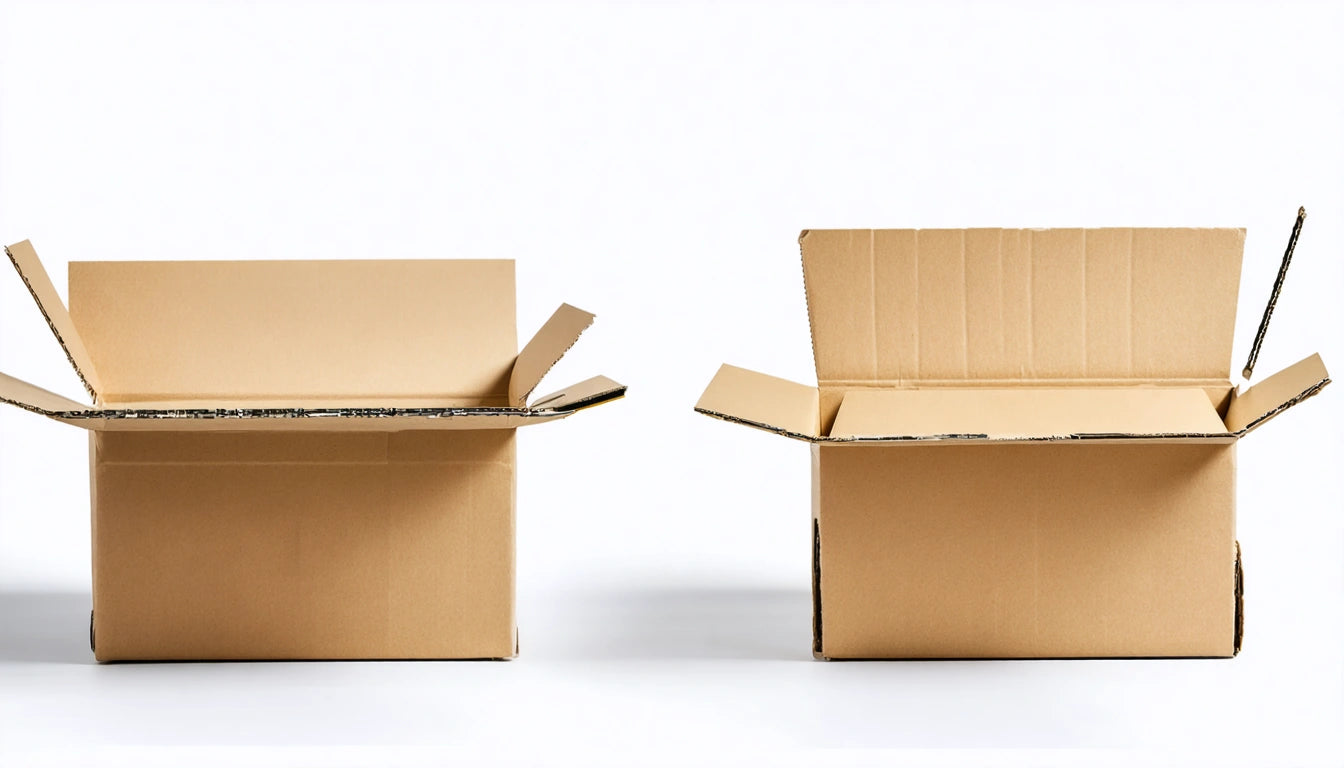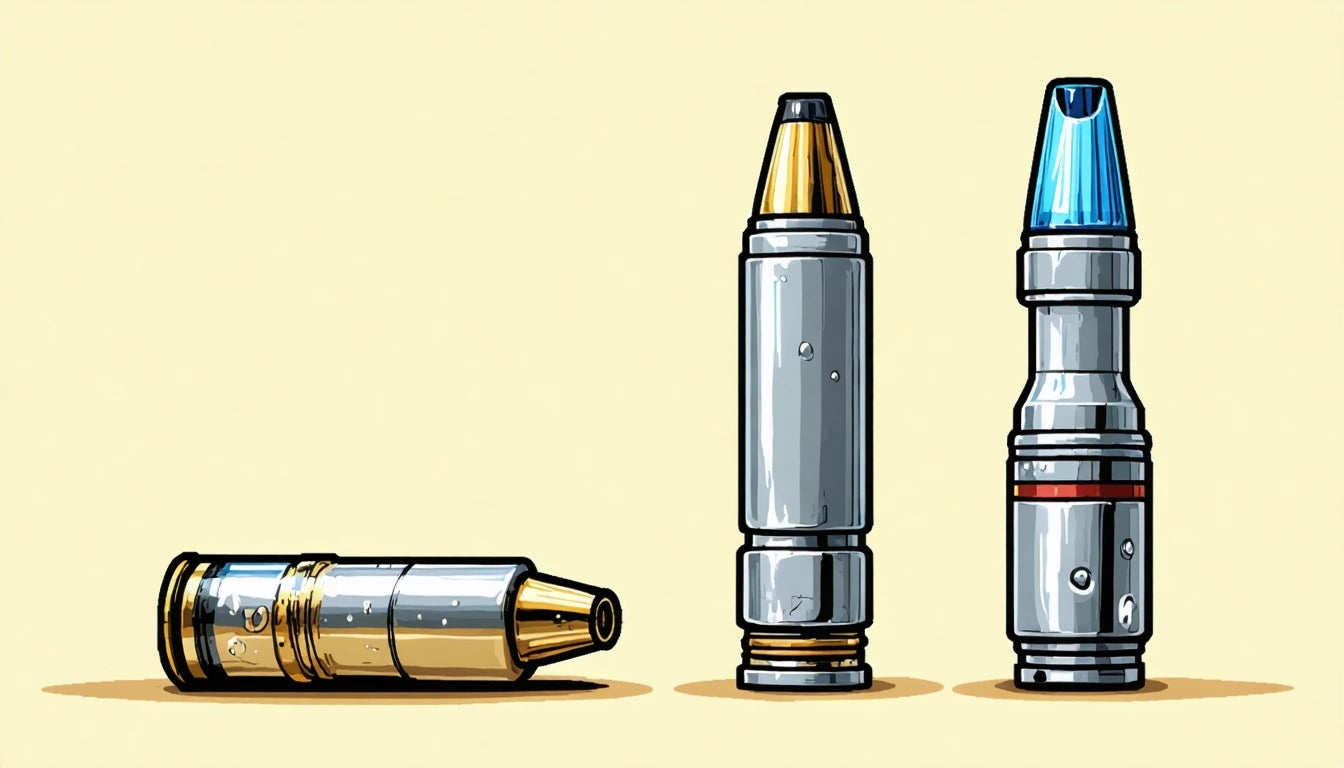Table of Contents
LED vs High Pressure Sodium Grow Lights: A Comprehensive Comparison
Choosing the right lighting system is one of the most critical decisions for cannabis cultivators. The debate between LED and high pressure sodium grow lights continues to evolve as technology advances and growers seek optimal yields with efficient resource use. This guide explores the key differences, advantages, and practical applications of both lighting systems to help you make an informed decision for your cultivation operation.
Understanding Grow Light Basics
Before diving into comparisons, it's essential to understand what these lighting systems are and how they function in a grow environment. Light is fundamental to photosynthesis, and different light sources provide varying spectrums, intensities, and efficiency levels that directly impact plant development.
According to research comparing LED and sodium lighting, the light spectrum significantly influences not only growth rates but also cannabinoid and terpene profiles in cannabis plants.
High Pressure Sodium Lights: The Traditional Choice
What is a High Pressure Sodium Light?
High pressure sodium (HPS) lights are gas-discharge lamps that use sodium in an excited state to produce light. They've been the industry standard for decades, particularly during the flowering stage of cannabis cultivation.
HPS Light Characteristics
- Spectrum: Primarily yellow-orange light (550-700nm range)
- Heat output: Significant, requiring robust ventilation systems
- Lifespan: Typically 10,000-24,000 hours before replacement
- Energy efficiency: Approximately 100-150 lumens per watt
While many commercial growers have traditionally relied on HPS systems, they require substantial infrastructure for cooling and often necessitate specialized packaging solutions for temperature-sensitive harvests to maintain product quality after cultivation.
LED Grow Lights: The Modern Alternative
Light Emitting Diode (LED) technology has revolutionized indoor cultivation by offering programmable spectrums and significantly reduced heat output compared to traditional lighting systems.
LED Grow Light Characteristics
- Spectrum: Customizable, full-spectrum capabilities
- Heat output: Minimal compared to HPS
- Lifespan: 50,000-100,000 hours
- Energy efficiency: 1.7-2.7 μmol/joule (newer models)
As detailed in this guide on top LED grow lights for cannabis cultivation, modern LED systems offer unprecedented control over growing conditions.
Highlight: While HPS lights excel in flowering stages with their red-orange spectrum, LED systems offer customizable light recipes that can be optimized for each growth phase, potentially increasing trichome production and cannabinoid potency.
Key Comparison Factors
Energy Efficiency
When comparing high pressure sodium lamp vs LED efficiency, the difference is substantial:
- HPS typically consumes 400-1000W per fixture
- Comparable LED systems use 250-650W for similar coverage
This translates to approximately 30-50% energy savings with LED systems, as outlined in this analysis of electricity usage and costs.
Spectrum Quality
HPS lights produce a limited spectrum heavily weighted toward yellow and red wavelengths. While effective for flowering, they lack the blue spectrum components beneficial during vegetative growth.
LEDs can be engineered to produce specific wavelengths or full-spectrum light that more closely mimics natural sunlight, allowing growers to customize light recipes for different strains and growth stages.
Heat Management
HPS systems convert approximately 70% of energy to heat rather than light, requiring significant cooling infrastructure. LEDs run much cooler, reducing HVAC requirements and allowing closer placement to plant canopies without risk of heat stress.
Lifespan and Maintenance
LED fixtures typically last 5-10 times longer than HPS bulbs, significantly reducing replacement frequency and associated labor costs. This extended lifespan is particularly valuable in commercial operations where maintenance downtime directly impacts production schedules.
Cost Analysis: Initial Investment vs. Long-Term Savings
The financial comparison between high pressure sodium lights vs LED systems must consider both upfront and operational costs:
Initial Investment
- HPS systems: $100-300 per fixture plus installation
- LED systems: $500-1,500+ per fixture plus installation
The substantial price difference creates a significant barrier to entry for many smaller growers considering LED technology.
Operational Costs
- Energy savings: 30-50% reduction with LEDs
- Bulb replacement: HPS requires replacement every 1-2 years; LEDs typically last 5-10 years
- HVAC requirements: Reduced cooling needs with LED can save 20-30% on climate control costs
Most operations achieve ROI on LED investments within 1-3 years, depending on scale, electricity costs, and usage patterns.
Best Applications for Each Light Type
When deciding between LED grow lights vs HPS systems, consider these optimal use cases:
Ideal Scenarios for HPS Lights
- Budget-conscious operations with lower electricity costs
- Facilities with robust existing HVAC systems
- Flowering-focused environments where red spectrum dominance is beneficial
- Short-term or temporary grow operations
Ideal Scenarios for LED Lights
- Long-term commercial operations seeking operational efficiency
- Facilities with limited cooling capacity
- Operations in regions with high electricity costs
- Cultivators focused on maximizing cannabinoid and terpene profiles
- Vertical farming setups requiring close light placement
For detailed insights on setup considerations, refer to this guide on LED grow light usage and safety.
Future Lighting Trends in Cannabis Cultivation
The lighting landscape continues to evolve rapidly. Emerging trends include:
- Hybrid lighting systems combining HPS and LED technologies
- Advanced spectrum tuning capabilities for strain-specific light recipes
- Integration with environmental control systems and AI for automated adjustments
- Increasingly efficient diodes reducing the LED cost premium
- Development of specialized spectrum profiles for enhancing specific cannabinoids
As technology advances and economies of scale improve manufacturing efficiencies, the gap between initial investment costs continues to narrow, making LED systems increasingly accessible to operations of all sizes.
The choice between LED vs high pressure sodium grow lights ultimately depends on your specific cultivation goals, budget constraints, and operational timeline. By carefully weighing the factors outlined in this comparison, you can select the lighting system that best positions your cultivation operation for success.











Leave a comment
All comments are moderated before being published.
This site is protected by hCaptcha and the hCaptcha Privacy Policy and Terms of Service apply.